Pinewood-based HD outfit Pablo Post has spent£250,000 on a Quantel 4K stereoscopic 3D Pablo system running alongside a Quantel MAX/SID workstation for simultaneous tape and data capture.
The new suite has been fitted with a five-metre screen and a 3D-capable Christie DLP 2000 projector, making the facility one of the first single-projector 3D grading rooms in the country.
An investment in stereo 3D kit is also imminent from feature and broadcast facility Motion FX, currently based in Shepherd's Bush but soon relocating to Soho.
Motion FX managing director John O'Quigley said: “We intend to offer a scene-to-screen package for stereoscopic production based around the 4:4:4 imaging capability of the [Thomson] Viper camera.
“The market right now is centred on feature film but we believe that broadcast applications, particularly in sport and music, will be a very interesting area.”
The two investments follow the lead set by Soho outfit Concrete which officially launched its stereo digital intermediate suite last month.
According to Quantel worldwide marketing manager Mark Horton, there are cost savings to be made with the right equipment. “With our equipment, 3D sterographic post-production costs 15-20% more than HD,” he said. “Without it the costs are a lot higher.”
The process to acquire, post-produce and even broadcast 3D stereo is relatively straightforward. A number of 3D HD consumer displays are retailing now and there are proposals to standardise a compression scheme for 3D broadcast.
“Facilities don't need new monitoring, film scanners or VTRs, although dual-stream recorders are coming to market,” said Horton. “A modified projection system is advisable but one of the myths of 3D is that it is complicated and costly. It isn't.”

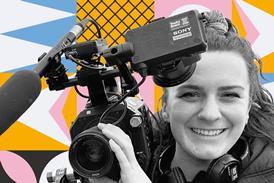
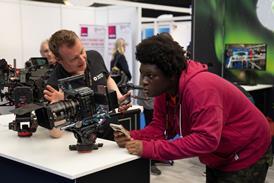







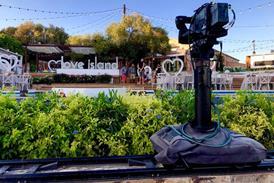
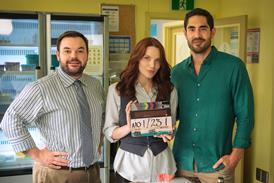

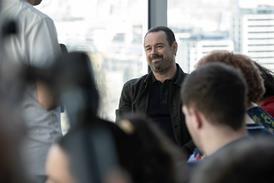














No comments yet